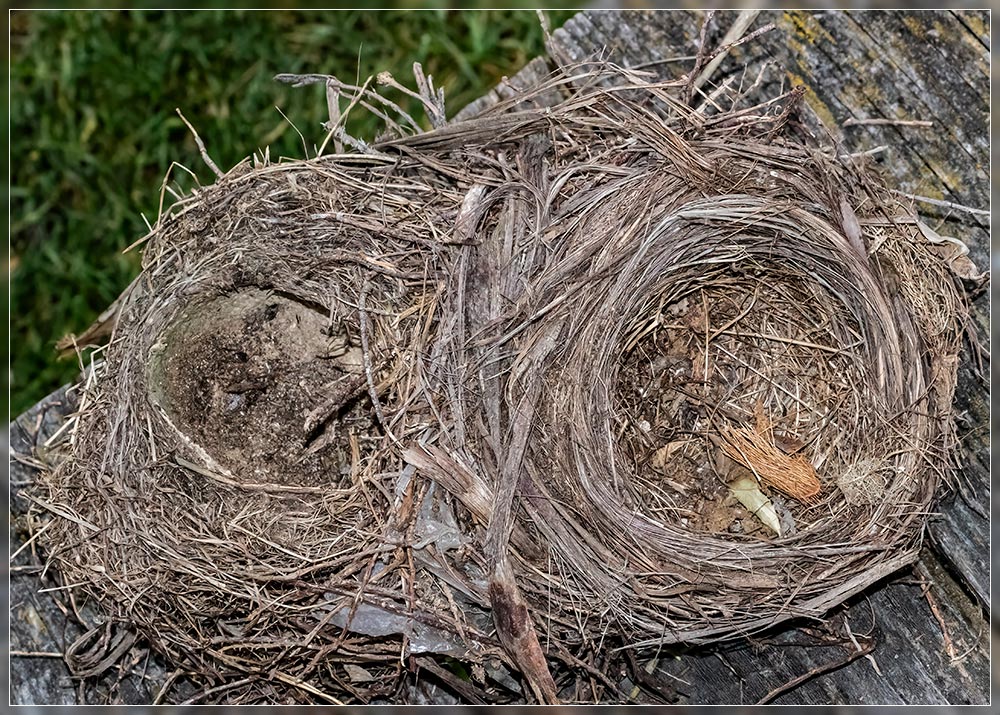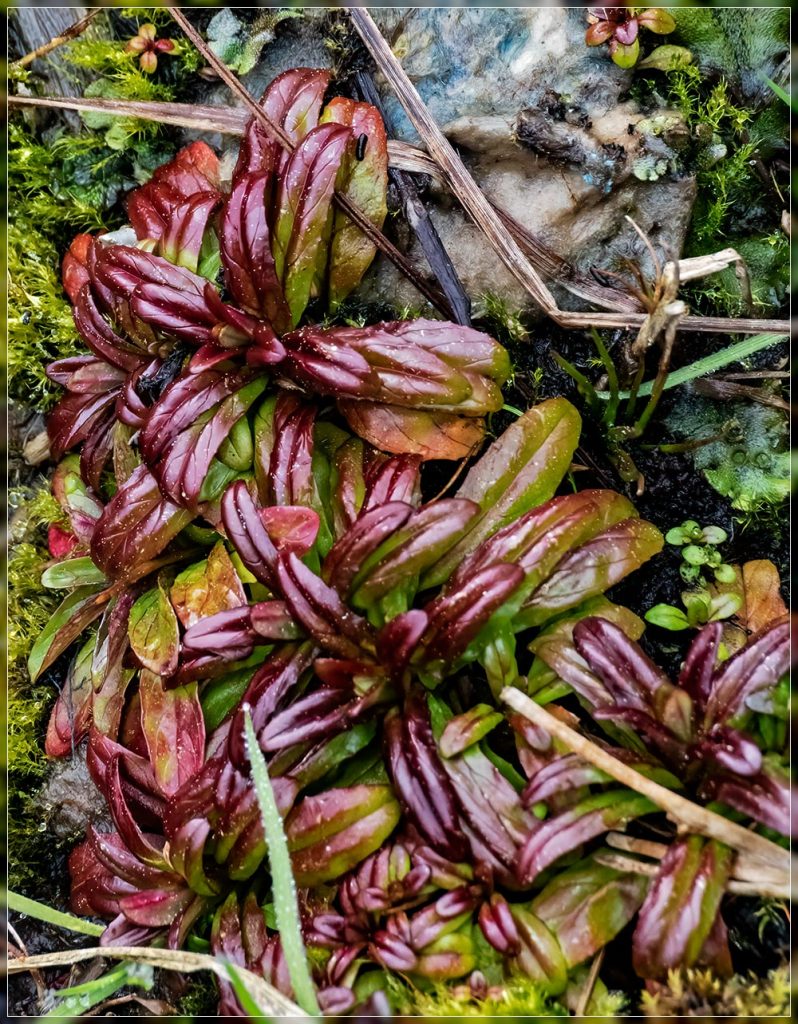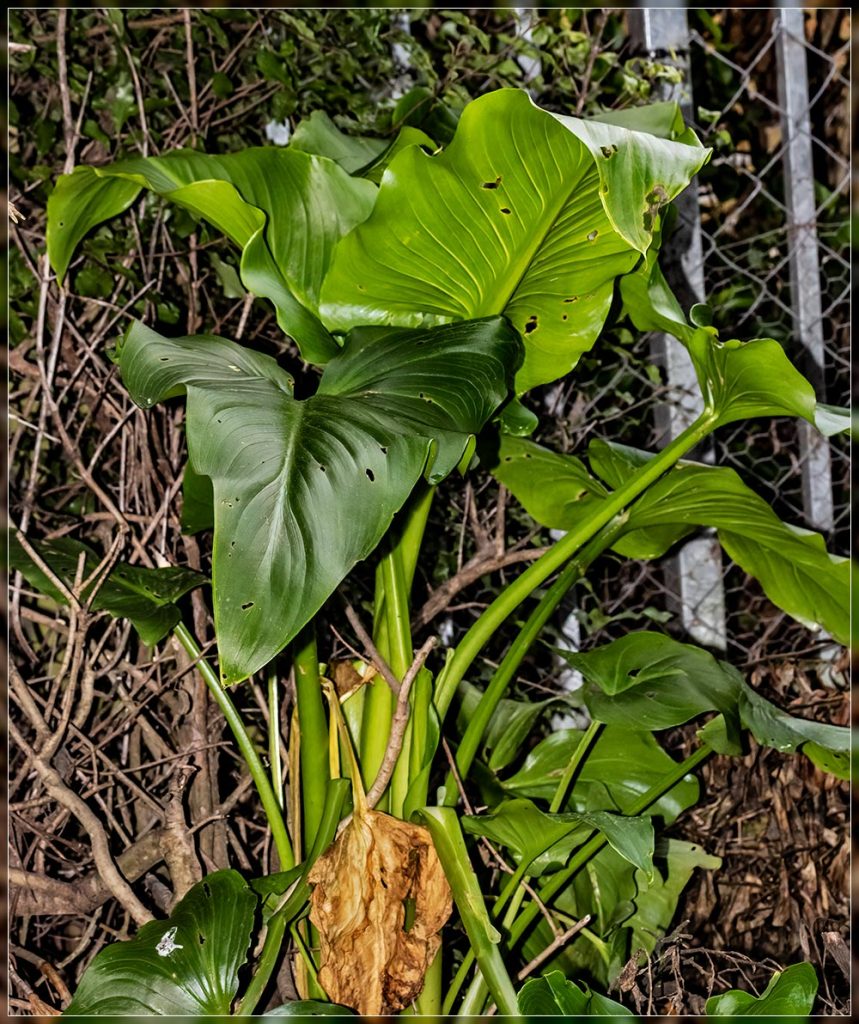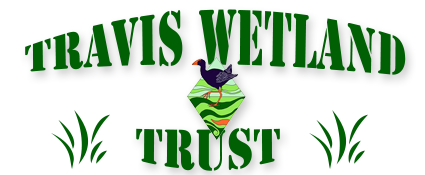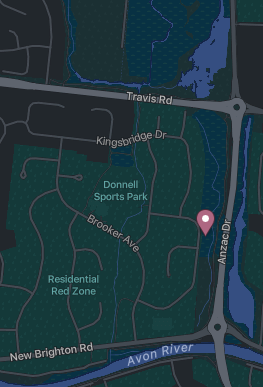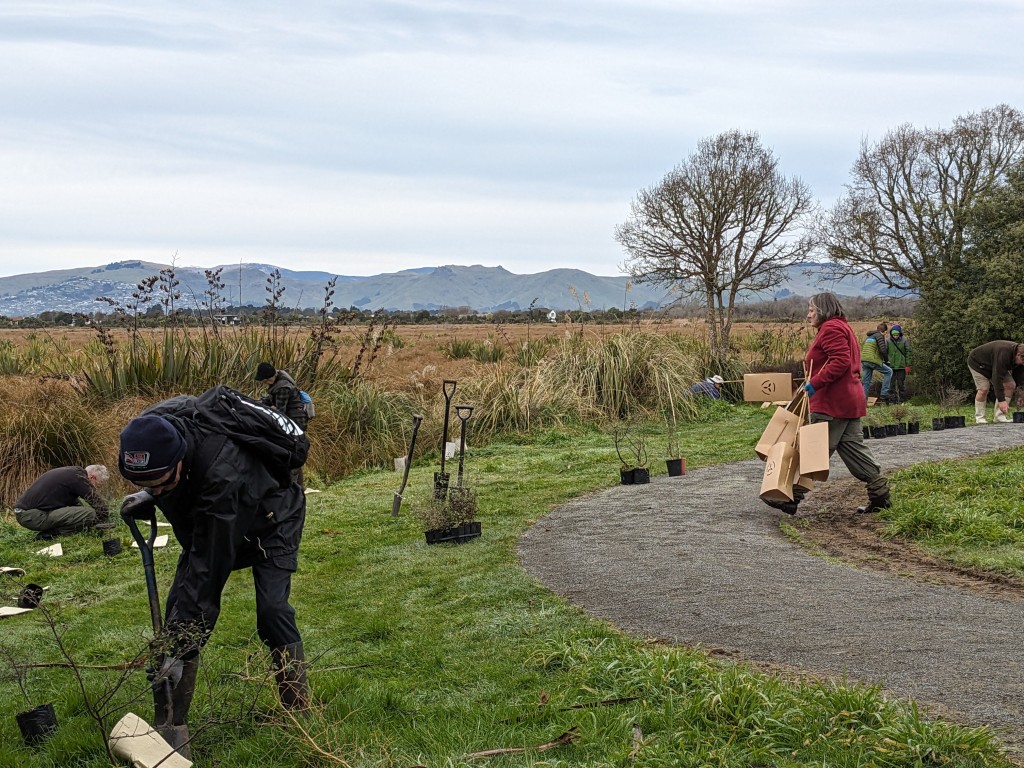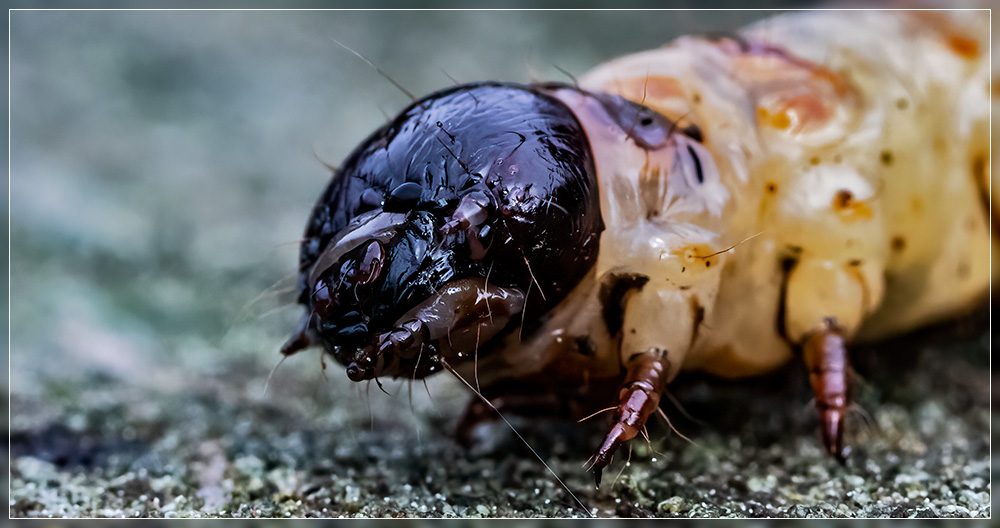All previous newsletters can be found here.
Work Day Reminder, September 16 2023
The next monthly work day will be from 9.00am – noon this coming Saturday.
This month we’ll be releasing in the Red Zone area where we planted in September last year. Go to Corserland St, off Brooker Ave, off New Brighton Rd. If you’re not confident in finding your way there come to the Education Centre near the car park at the end of Beach Rd and some of us will be starting from there.
If you arrive late there will be a notice on the Education Centre door explaining where we have gone.
All tools provided. Gumboots are advised but we can lend you some if you don’t have any. Please bring your own gloves if you can, but we have some of them for loan too.
If the weather on the work day is poor and we decide to cancel then an email will be sent by 8am on Saturday morning. So if you think the conditions are marginal, please check your emails.
If you’re reading this on the website and are not on the email list then you can add yourself to it through the form at the foot of the home page. If you change your mind there’s an unsubscribe link in each newsletter.
Latest News
Report on Last Month’s Work Day, 19 August
It was a fine easterly morning for our planting mission near the Mairehau car park. We had 19 people, including a visiting American professor and his family group.
Soon we were digging into relatively dry soil at the swamp edge, near the large picnic table. Most specimens planted were small to medium shrubs, so views across the wetland should be maintained. Species included Pennantia corymbosa, Aristotelia fruticosa, Coprosma rigida, Coprosma pedicellata, and the Canterbury plains endemic Olearia adenocarpa. Rubus squarrosus ( leafless lawyer) and Clematis foetida were planted closer to the car park where they can climb up existing shrubs.
With our enthusiastic team it didn’t take very long to plant 50 plants, so Shona found a spot of major ivy invasion for us to attack on our return route. With the ivy knocked back native seedlings should thrive as they have in nearby areas.
Refreshments laid out by Eleanor and her young helpers were greatly appreciated by all. Thanks everyone.
Article: Sue Britain, image: Dave Evans
Grahame’s Gigantic Caterpillar
During our August workday a very long (80mm) and slender caterpillar (I expect he was very hungry – ed) was found in a planting hole and expertly photographed by Grahame. iNaturalist identified this as a larva of a swift or ghost moth of the family Hepialidae.

As of 1994, 27 species of this family were known in NZ and all are endemic. Some, known as porina from the genus Wiseana, are agricultural pests as they damage pasture in the same manner as grass grubs.
Luckily most species are not pests and many have quite large and colourful adults. The moths themselves are very short lived as they lack mouthparts and cannot feed. Examples include North Island Puriri moths (Aenetus virercens) with females having a wingspan of up to 150mm. Their caterpillars spend up to 7 years in the ground and inside tree trunks.
Several species of Wiseana have been identified at Travis following light trapping some years ago. It would be interesting to know if any other members of the Hepialidae family are also present.
Article: Sue Britain and images: Grahame
Images from Grahame
